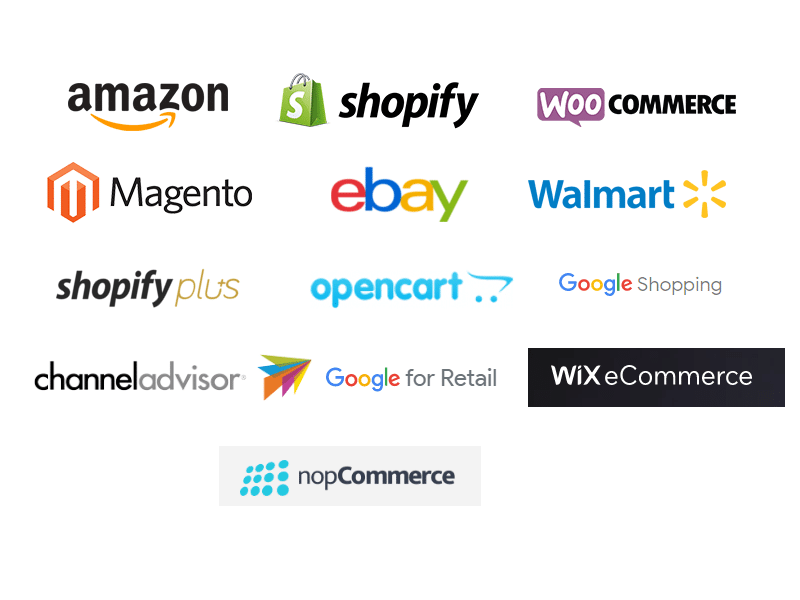December 5, 2022 By Krystina Morgan
- In-store transactions were up 65 percent during Black Friday 2022, and up a whopping 365 percent online.
- Sixty-two percent of respondents said that their omnichannel strategy yielded higher margins, while 54 percent said that it yielded greater customer loyalty and retention.
- Based on search data, consumers conduct more online searches around Black Friday than Cyber Monday.
Retailers were cautiously optimistic going into Black Friday and Cyber Monday this year. While many shoppers celebrated the most “normal” holiday season in years, others were reeling from inflation. Despite this, retailers still saw success from the big shopping weekend, as purchases were higher this year than in 2021.
Higher Spending
“Online Black Friday set a new record (9.12B) and Cyber Monday did even better (11.3B) due to pent-up demand from people saving their money during the pandemic, plus great deals on lower-cost items that retailers were stockpiling (e.g. apparel) in response to last year’s supply chain challenges. This led to increased spending in certain areas,” Deb Gabor, CEO of Sol Marketing, said.
Insights from Bluecore, a retail marketing platform, also found that retailers saw an 11 percent increase in day-of Black Friday site traffic, a five percent increase in the number of orders, and a one percent increase in average order values compared to last year. More insights from the holiday shopping weekend include:
- More shoppers researched products before they purchased.
Six percent more shoppers researched their purchases in advance of Black Friday compared to last year. Shoppers additionally viewed an average of six products, 12 times each, before purchasing on Black Friday. - An average of 37% of brands’ total Black Friday shoppers were first time buyers,
but first-time buyers decreased by 5% compared to last year. - Retailers focused on driving repeat purchases, not just attracting first-time shoppers.
Of all shoppers who made a first purchase from a brand in 2022, an average of 5% returned to make another purchase on Black Friday. Brands were also able to entice 2.3% of shoppers who made a November purchase to make another purchase on Black Friday.
Health & Beauty (6.6%),
Gifts & Floral (6.5%),
and Apparel (5.9%) experienced higher than average repurchases on Black Friday.
Black Friday is Cyber Friday
Looking at data from omnichannel retailers in the U.S., global commerce media company Criteo found that in-store transactions were up 65 percent during Black Friday 2022, and up a whopping 365 percent online. One year ago, the same retailers only saw an increase of 144 percent of online transactions.
“Black Friday used to be the in-store shopping event for blockbuster deals and discounts, providing for a straight forward marketing strategy geared towards one day of mega-shopping. That is no longer the case as marketers face an elongated and hybrid holiday season that consumers view more like a marathon than a sprint,” Rory Mitchell, General Manager of Global Growth at Criteo, said. “This year, Black Friday stole the show online, with U.S. Black Friday online transactions not only surpassing what we saw in 2021, but also beating out this year’s Cyber Monday sales.”
Increased Engagement
An analysis of the billions of cross-channel retail messages delivered on behalf of customers from Black Friday through Cyber Monday, as reported by the “Emarsys Customer Loyalty Index,” has revealed an overall year-over-year increase of 45 percent. Sixty-two percent of respondents said that their omnichannel strategy yielded higher margins, while 54 percent said that it yielded greater customer loyalty and retention. This data shows a significant rise in activity compared to 2021 and includes customer engagements across key channels such as email, SMS, push notifications, in-app, and web.
While these increases in customer engagements across a variety of channels show a clear commitment to omnichannel, Emarsys warns against celebrating the sheer volume of campaigns or number of channels used alone during this Black Friday sales period, which starts earlier each year. Instead, the company argues that marketing effectiveness can only come from effective targeting.
“It is more about quality and timing than the volume of messaging,” Meghann York, Global Head of Product Marketing at Emarsys, said. “Brands this Black Friday weekend who reached their business goals connected to loyalty, retention, and lifetime customer value, will have focused on personalization and listened to their customers’ needs. It is not enough to be customer-centric anymore, we must become customer-obsessed.”
Black Friday Search Ranks
Based on Black Friday/Cyber Monday data from Searchspring, consumers conduct more online searches around Black Friday than Cyber Monday. Black Friday accounted for 25 percent of the search requests during Cyber Weekend, while Cyber Monday saw 22 percent of searches. They also found that mobile searches increased by 80 percent, while desktop searches increased by 35 percent during the holiday weekend.
From Thanksgiving Day to Cyber Monday, the following search trends stood out:
- Searches on Thanksgiving decreased, but Black Friday searches increased.
As consumers returned to pre-COVID style gatherings, searches on Thanksgiving Day decreased by 31% year-over-year, but Black Friday searches increased by 68%. - Inflationary concerns increased the reliance on discounts.
The term “sale” was the 10th most commonly searched word this year, compared to last year, when the term was ranked 35th. - Comfort remains a top priority for shoppers.
“Cozy knit,” “cozy,” and leggings” were all included in the top six search terms during this time period, while “socks” garnered 48,976 searches and took the top spot. - Consumers are thinking ahead.
Over 16,000 shoppers searched for “Valentine’s containers.”
“Consumers started their holiday shopping earlier than ever this year and are navigating higher product costs due to inflation. These trends, paired with retailers’ efforts to bring back their existing shoppers — rather than simply attract new ones — resulted in more loyal shoppers buying from brands they already trust,” Fayez Mohamood, CEO of Bluecore, said. “The sheer volume of shoppers who made repeat purchases during Black Friday speaks to the massive opportunity for retailers to grow through identifying anonymous shoppers and focusing on engagement to drive more purchases and long-term growth.”




